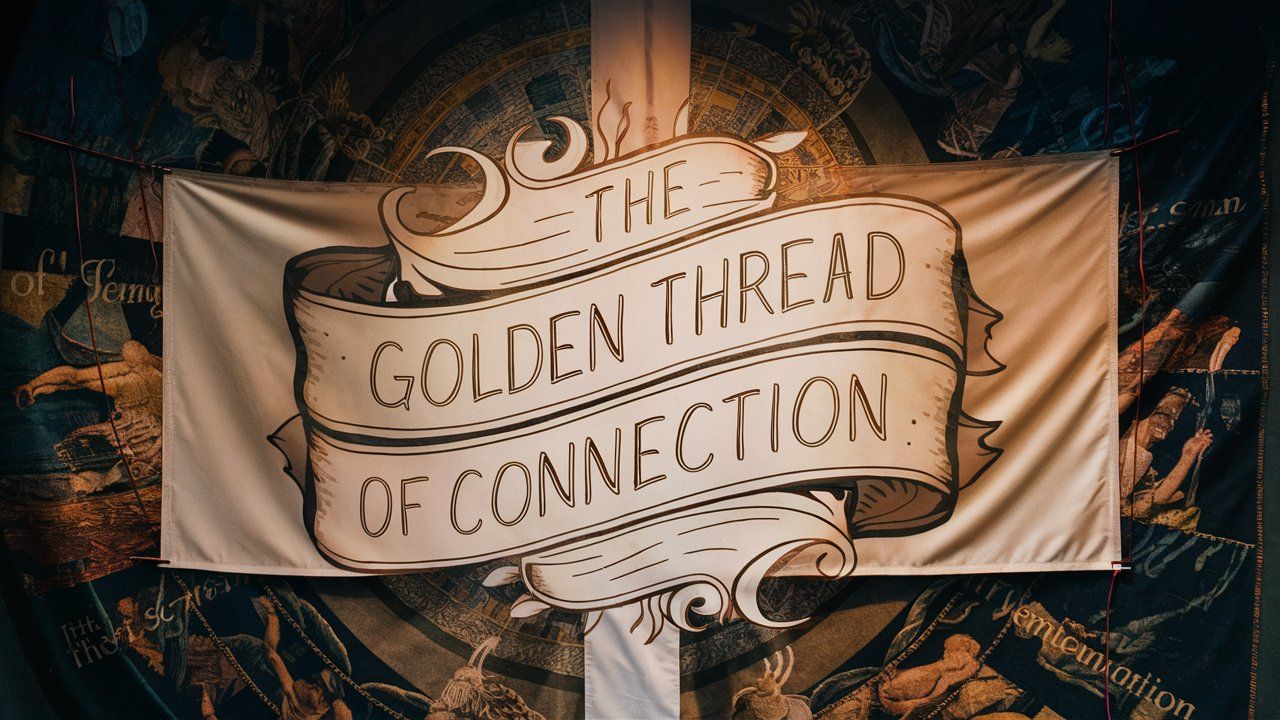Mastering Communication in Relationships
In the intricate tapestry of relationships, communication is the golden thread that weaves us closer together. It’s not merely about exchanging words; it’s about connecting on a soulful level where clarity, empathy, and active listening intertwine to foster deeper understanding and intimacy. This blog post explores how these elements, coupled with non-verbal cues, patience, open-ended questions, and positive reinforcement, can transform your interactions and strengthen the bond with your partner. Join us as we delve into the art of effective communication and discover how to nurture a connection that thrives on mutual respect and emotional closeness.
 The Art of Clarity
The Art of Clarity
Explanation: Being clear and concise helps prevent misunderstandings. This involves expressing your thoughts and feelings directly and honestly, without leaving room for misinterpretation.
Example: Instead of saying, “You never help around the house,” which is vague and accusatory, say, “I feel overwhelmed when I have to clean the house alone. Can we create a schedule to share the chores?”
Embracing Empathy
Explanation: Empathy is about understanding and sharing the feelings of another. It involves putting yourself in your partner’s shoes and acknowledging their emotions.
Example: If your partner is upset about a tough day at work, respond with, “I’m sorry you had such a hard day. That sounds really stressful. How can I support you right now?” This shows that you recognize their feelings and are there for them.
By embracing clarity, empathy, and active listening, and by paying attention to non-verbal cues, exercising patience, asking open-ended questions, and providing positive reinforcement, you create a strong foundation for deeper connection… Share on XPracticing Active Listening
Explanation: Active listening means fully concentrating on what your partner is saying rather than just passively hearing the words. It involves responding in a way that shows you understand and care about what is being communicated.
Example: During a discussion, instead of thinking about your response, you can nod and say, “I hear that you’re feeling frustrated because I forgot our anniversary. Can you tell me more about how that made you feel?” This indicates you are engaged and seeking to understand their perspective.
 The Power of Non-Verbal Communication
The Power of Non-Verbal Communication
Explanation: Non-verbal cues, such as body language, facial expressions, and tone of voice, can convey a lot about your feelings and intentions. Being aware that these can enhance your communication.
Example: If you’re discussing something serious, maintaining eye contact and a calm tone of voice can help convey that you are present and sincere. Crossing your arms might unintentionally suggest defensiveness, while an open posture can show receptiveness.
It’s not merely about exchanging words; it’s about connecting on a soulful level where clarity, empathy, and active listening intertwine to foster deeper understanding and intimacy. Share on XCultivating Patience
Explanation: Patience involves giving your partner the time and space to express themselves fully. This means not interrupting or rushing them.
Example: If your partner is explaining their viewpoint on a conflict, resist the urge to jump in with your own opinion. Instead, let them finish speaking, then say, “Thank you for sharing your perspective. Here’s how I see it…” This demonstrates respect for their thoughts and fosters a more productive dialogue.
Asking Open-Ended Questions
Explanation: Open-ended questions encourage more detailed responses and deeper conversations. They help you gain better insights into your partner’s thoughts and feelings.
Example: Instead of asking, “Did you have a good day?” (which can be answered with a simple yes or no), ask, “What was the best part of your day?” This invites your partner to share more about their experiences and feelings.
 Using Positive Reinforcement
Using Positive Reinforcement
Explanation: Positive reinforcement involves acknowledging and appreciating your partner’s efforts and positive behaviors, which can encourage them to continue those behaviors.
Example: If your partner makes dinner, instead of just eating without comment, say, “Thank you for making dinner tonight. I really appreciate it, and it tastes great!” This appreciation can make them feel valued and more likely to repeat the gesture.
Bringing It All Together
In a real-life scenario, integrating these elements might look like this:
Scenario: Your partner comes home upset after a challenging day at work.
Response:
Clarity: “I can see you’re upset. Do you want to talk about what happened?”
Empathy: “I’m really sorry you had such a tough day. That sounds incredibly stressful.”
Active Listening: As they speak, maintain eye contact, nod, and say, “I understand why that would be so frustrating.”
Non-Verbal Communication: Ensure your body language is open, with a calm tone and gentle touch if appropriate.
Patience: Allow them to vent without interrupting. When they finish, offer, “Is there anything I can do to help or make you feel better?”
Open-Ended Questions: “What do you think could make tomorrow better?”
Positive Reinforcement: After the conversation, thank them for sharing their feelings with you: “I really appreciate you opening up to me about your day.”
Mastering the art of communication is essential for nurturing a healthy, fulfilling relationship. By embracing clarity, empathy, and active listening, and by paying attention to non-verbal cues, exercising patience, asking open-ended questions, and providing positive reinforcement, you create a strong foundation for deeper connection and understanding. These solutions are not just techniques but vital practices that help you and your partner navigate the complexities of life together with mutual respect and love. Learning and implementing these communication strategies can transform your relationship, making it more resilient, intimate, and emotionally satisfying. By investing in these skills, you not only enhance your bond but also create a supportive environment where both partners can thrive and grow together.



